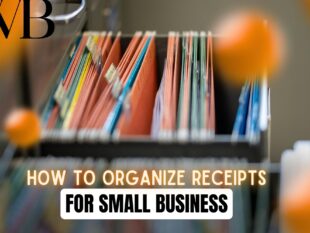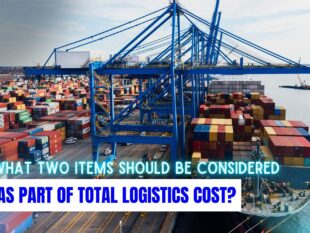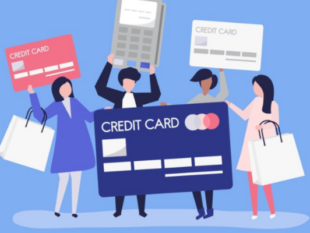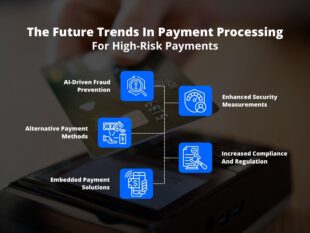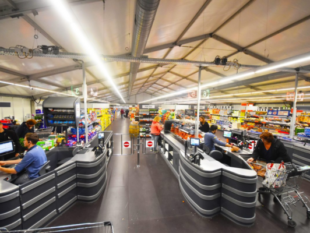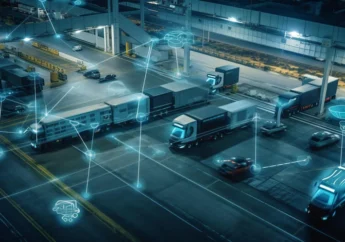Distribution Vs Delivery: What Is The Difference?
by Abdul Aziz Mondal Business Development Published on: 15 November 2022 Last Updated on: 04 March 2025

The most successful companies recognize that keeping track of their whole sales process is essential when entering new markets.
But how can you manage your sales process effectively if you aren’t actively involved at every stage? Many companies fail to plan their product distribution properly and instead use the fastest or cheapest and best routes available.
You may not have thought of delivery routes as a lucrative business opportunity, but they are a gem among franchises. The best part about running a delivery route business is its steady but hands-off revenue.
To put it plainly, a delivery route business acquires a franchise to own, manage, and deliver a long one of an established company’s routes. You should educate yourself on the fundamentals of route acquisition before venturing into the delivery route business.
Everything from the numerous distribution tactics to the key players in the product delivery business is covered in this article. You can use this information to hone your approach and perform at your highest potential.
What Is A Delivery Route, And How Can You Start It?
A delivery route acquires a franchise from an established company to take over operations of a certain route already in place.
A member of your team, such as a delivery driver, might make such deliveries. The number of parcels you deliver will determine how much of a commission you make each week, which the route owner will determine.
It’s important to note that delivery route businesses have different types. You can find different delivery routes for sale including deliveries of products from famous brands to cooked food.

The Steps To Start A Distribution Business
The supply chain’s distribution sector transfers goods and raw materials from the manufacturer to the retailer. A distribution company, also known as a sales and distribution firm, is a company that acquires manufactured items from a manufacturer and resells them to retailers for a profit.

1. Select a product
Find a solution that fills a need before making a decision. Get in touch with several stores and ask them questions about customer preferences to learn more about their market. In addition to generating leads, this preliminary stage can also help you make valuable business relationships.
Current market research and trends in many industries can also help you identify consumer issues that your product could address. To save time and effort, focus your market research on products you are already familiar with or on a field in which you already have experience.
2. Select a niche
Niches are small subsets of the market that focus on a specific product or service. Choosing a specific market segment helps lessen the number of distributors fighting for your business. In general, the closer a retailer is to a specific manufacturer, the more specialized the retailer’s focus.
3. Make a plan to sell your products
Pick a supply chain model that works for you and get your wares out there. Buying supplies online or through a cash-and-carry approach can cut expenses because it requires fewer people to complete the delivery and has a simpler payment system.
4. Make a strategy for inventory management
The success of a distribution company hinges on the accuracy of its inventory counts, which in turn impacts the size of the workforce required, the optimal layout of the warehouse, the type of inventory management and tracking software or systems implemented, and the timeliness with which orders are processed and shipped to customers.
5. Arrange adequate storage space
If you decide to utilize a warehouse, you must locate a suitable location to store your goods. After receiving goods and before sending them out to customers, storage is often required in many business models.
6. Register your business to get a license
If you want to run a distribution company lawfully, you must first apply for the appropriate business permits. Getting a tax ID for your company and any distribution permits your state calls for are necessary administrative steps.
7. Talk to retailers
Deliver a catalog to local shops that can sell your wares. Put your prices where they need to be to get businesses to use your distribution service.
How Do The Delivery Routes Work?
In this business model, you, the route operator, will be the sole proprietor. This means that you will be in charge of all sales activity along the route. Within this designated area, you have the opportunity to expand your business through the addition of new customers and the cultivation of current ones.
Product-based delivery route businesses, like food delivery services, rely on the ability to buy goods from a supplier and then deliver them to customers in their service area. And if you go into a route business that provides a service, like pet grooming, you can choose your hours.
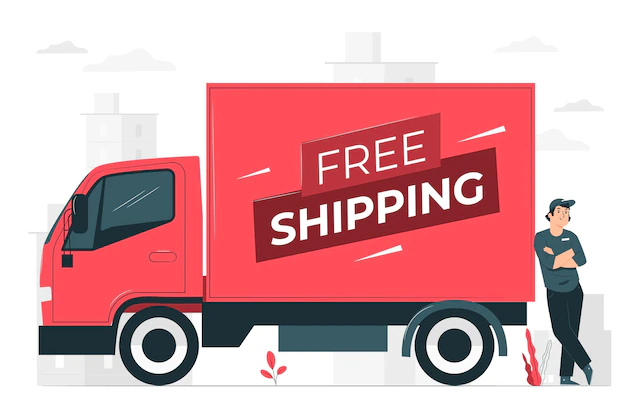
The Process Of Buying Delivery Routes
If executed properly, purchasing delivery routes can generate significant financial returns. However, if you don’t do your homework, you could end up wasting a lot of money on a path that doesn’t pay off.
Planning your path is the first order of business. You can refine your job search by selecting specific criteria such as location, country, and/or category. In addition, you can create a profile and opt to be notified by email or text message whenever new routes are made available in your area.
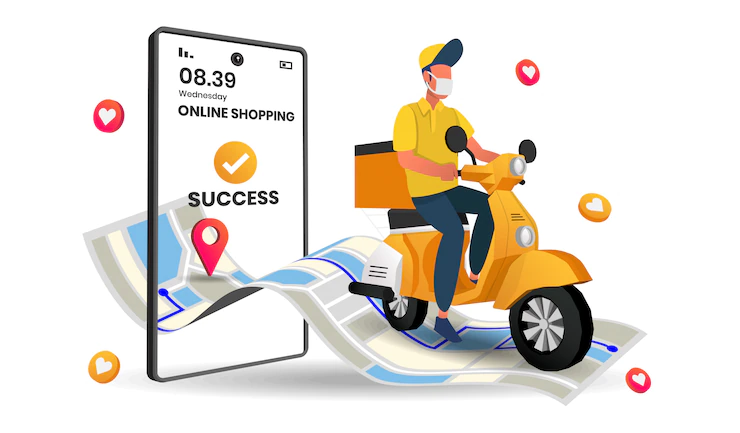
What Is The Role Of The Owner And Supplier In The Delivery Route Business?
Don’t rush into purchasing a route that you like just because you found it. You should look into it if you want to make sure it’s a solid investment. Think about the route’s average deliveries, pickup stops, distance, and other metrics during the past year.
As the owner of a delivery route, you’re on your own to make deliveries within your designated service area. For the sake of this discussion, “supplier” refers to the maker of the goods you deliver. Once in a while, vendors would employ people to boost business in a specific area. Employees that live and work in your territory might have a significant impact on your bottom line.
Both you and the supplier want sales to rise. Through working together, you’ll be able to improve account management, push display within accounts, and expand your client base.

Conclusion
As a means to becoming your employer and gaining financial independence, purchasing delivery routes is a fantastic option. However, it’s crucial to do considerable study when acquiring routes. Think about how many packages typically need to be delivered and the area that the distribution route will cover. Keeping your routes as efficient as possible will help your side hustle earn more money.
Additional:



























